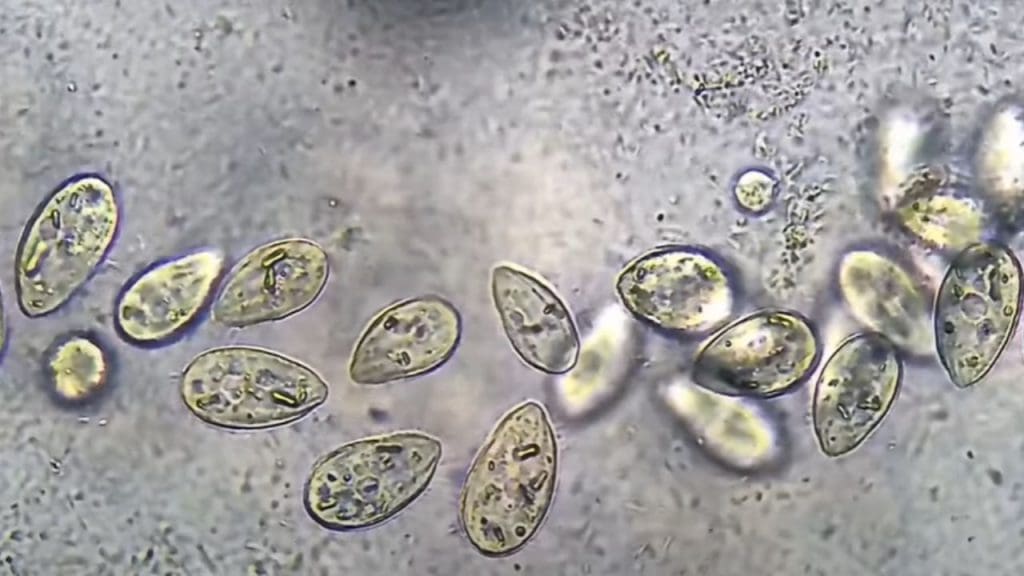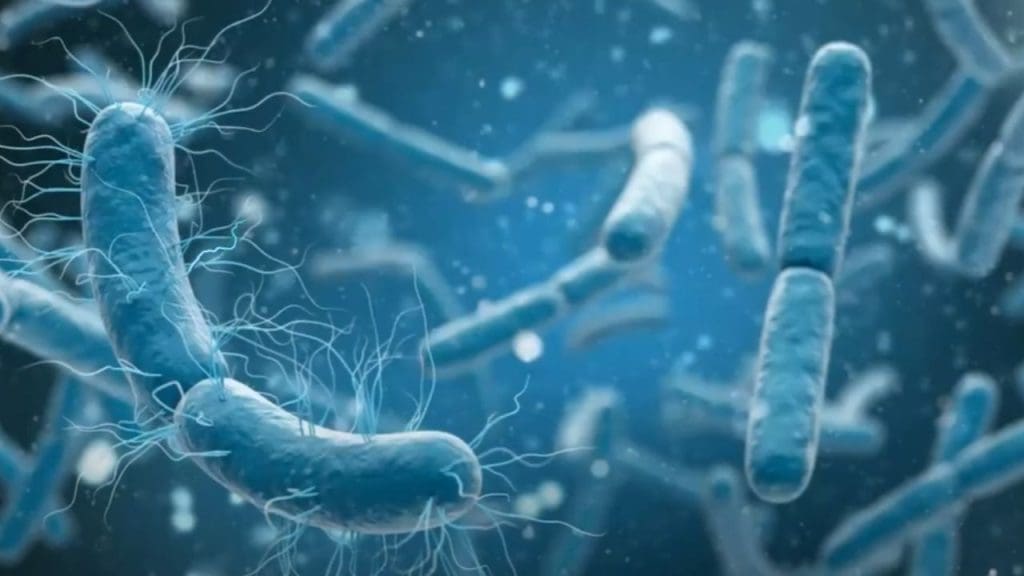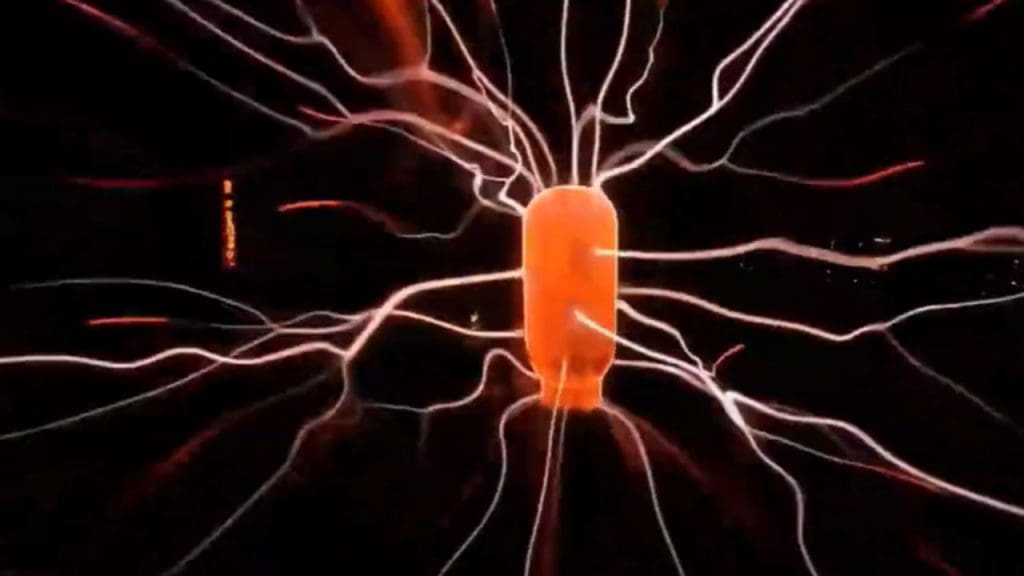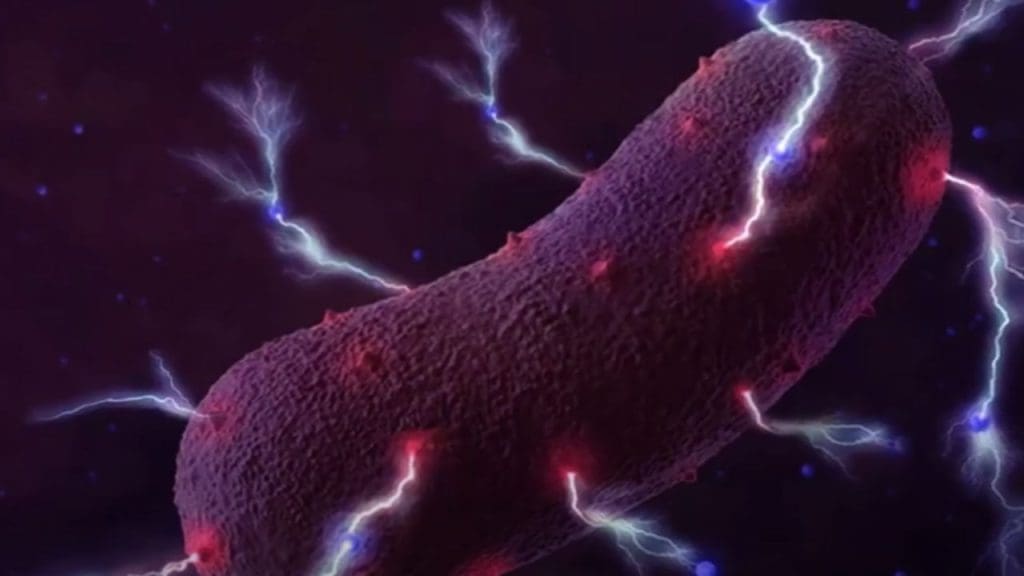
Scientists are exploring the potential of electricity-generating bacteria to revolutionize the US green energy landscape. These bacteria, capable of “spitting” electricity, could become a cornerstone in the transition to clean energy solutions. This innovative approach could significantly impact how energy is produced and consumed in the United States, offering a sustainable alternative to traditional energy sources.
Understanding Electricity-Spitting Bacteria

Electricity-spitting bacteria, such as Geobacter and Shewanella, are at the forefront of this groundbreaking research. These microorganisms are typically found in environments like soil and sediment, where they play a crucial role in the natural process of breaking down organic matter. The unique ability of these bacteria to generate electricity stems from their metabolic processes, which involve transferring electrons to external surfaces or electrodes, effectively creating a bioelectric current.
The biological processes that enable these bacteria to produce electricity are fascinating. They utilize a process known as extracellular electron transfer, where electrons generated during metabolic reactions are transferred outside the cell. This capability is harnessed by connecting the bacteria to electrodes, allowing the flow of electrons to be captured as electricity. The scientific principles behind this process are being studied extensively to develop practical applications for energy production (Interesting Engineering).
Potential Impact on the US Energy Sector

The integration of electricity-spitting bacteria into the US energy infrastructure could transform the sector. By incorporating these bacteria into existing systems, it is possible to create hybrid energy solutions that complement traditional power sources. This integration could lead to a reduction in reliance on fossil fuels, thereby decreasing greenhouse gas emissions and promoting a cleaner environment.
Environmental benefits are a significant advantage of using bacteria-generated electricity. Unlike conventional energy sources, this method produces minimal waste and has a lower environmental footprint. Pilot projects and studies are already underway in the US to test the viability of this technology, highlighting its potential to contribute to a sustainable energy future (Interesting Engineering).
Moreover, the adoption of electricity-spitting bacteria could spur economic growth by creating new industries and job opportunities in the biotechnology and renewable energy sectors. The development and maintenance of bioelectric systems would require skilled professionals, potentially leading to a surge in employment and educational programs focused on bioenergy technologies. This shift could also stimulate investment in research and infrastructure, further solidifying the US’s position as a leader in innovative energy solutions.
In addition to economic benefits, the scalability of this technology could enhance energy security by diversifying the energy mix. By reducing dependence on imported fossil fuels, the US could achieve greater energy independence. This diversification would not only stabilize energy prices but also protect the economy from geopolitical tensions that often affect global energy markets. The resilience of the energy grid could be improved by integrating bioelectric systems, providing a reliable and sustainable energy supply even in the face of natural disasters or supply chain disruptions.
Challenges and Considerations

Despite the promising potential of electricity-spitting bacteria, several challenges must be addressed to scale up production. Technological hurdles include optimizing the efficiency of electron transfer and developing cost-effective methods for large-scale implementation. Additionally, logistical challenges such as maintaining stable bacterial cultures and integrating them into existing infrastructure need to be overcome.
Regulatory and economic barriers also pose significant challenges to widespread adoption. The energy industry and regulatory bodies must establish guidelines and standards for the use of bacterial electricity. Public and industry perceptions of using bacteria as an energy source may also influence the pace of adoption, requiring efforts to educate and inform stakeholders about the benefits and safety of this technology (Interesting Engineering).
Another significant challenge is the need for substantial investment in research and development to refine the technology. Funding from both public and private sectors is crucial to advance the understanding of microbial fuel cells and to develop scalable solutions. This investment is necessary to overcome current limitations in power output and efficiency, which are critical for the commercial viability of bacterial electricity generation. Additionally, interdisciplinary collaboration among microbiologists, engineers, and policymakers is essential to address these technical challenges effectively.
Furthermore, the environmental impact of large-scale bacterial cultivation must be carefully considered. While the technology itself is environmentally friendly, the resources required for cultivating and maintaining bacterial cultures, such as water and nutrients, need to be managed sustainably. Life cycle assessments and environmental impact studies are necessary to ensure that the overall benefits of this technology outweigh any potential ecological costs. These considerations are vital to ensure that the transition to bacterial electricity is genuinely sustainable and does not inadvertently create new environmental issues.
Future Prospects and Innovations

The future of electricity-generating bacteria holds exciting possibilities. Continued research and development are crucial to advancing this technology and unlocking its full potential. Innovations in genetic engineering and synthetic biology could enhance the efficiency and scalability of bacterial electricity production, making it a viable option for large-scale energy generation.
Collaborations between scientific institutions and the energy industry are essential to further explore this potential. By working together, these entities can develop new technologies and applications that leverage the unique capabilities of electricity-spitting bacteria. As research progresses, we may see these microorganisms playing a significant role in the global transition to sustainable energy (Interesting Engineering).
Looking ahead, the integration of artificial intelligence and machine learning could revolutionize the management and optimization of bioelectric systems. By analyzing vast amounts of data, AI could enhance the efficiency of microbial fuel cells, predict maintenance needs, and optimize energy output. This technological synergy could accelerate the adoption of electricity-spitting bacteria by making the systems more reliable and cost-effective, thereby appealing to a broader range of industries and applications.
Additionally, the exploration of novel bacterial strains and genetic modifications could lead to breakthroughs in energy production capabilities. Scientists are investigating the potential of engineering bacteria with enhanced electron transfer pathways or the ability to thrive in diverse environmental conditions. Such advancements could expand the applicability of this technology to various climates and settings, from urban centers to remote rural areas. As these innovations unfold, electricity-generating bacteria could become a cornerstone of decentralized energy systems, providing clean and accessible power to communities worldwide.